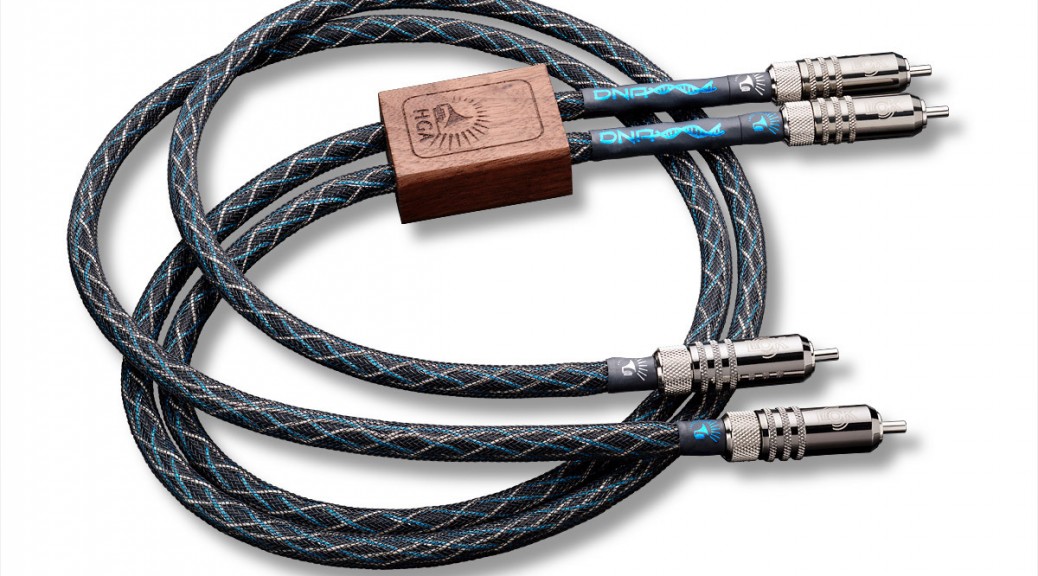The answer to this question is (per usual), “follow the money”. Most uber high-end audio components have commensurate high mark-ups and there is usually a “sweet spot” as far as “bang for the buck” goes, witness the Denon 103 phono cartridge (The formidable Denon 103 vs. 103R low output moving coil phono cartridges – is there really a difference?…) and the Marantz DSD DAC (Marantz DSD DAC).
But interconnects and speaker wires are in a different league entirely as far as profit margins go, and they generally rely on (often false) marketing claims in expensive ads to sell their wares. Sort of like the car dealer who pushes the high profit margin undercoat when closing the deal, your local high end audio shop will almost certainly pitch some over priced interconnects and/or speaker wires when you go to check out for the purchase of your latest (carefully auditioned) turntable, power amplifier or other significant upgrade to your system.
I call it the “popcorn analogy” in light of the fact that movie theaters wouldn’t be in business if they were simply movie theaters and didn’t have the high profit sales from their concessions of overpriced popcorn, sodas, and candy. Some estimates say that these concessions comprise 85% of their profits:
Movie Theaters Make 85% Profit at Concession Stands
While I’m certainly not “dissing” the necessity of quality speaker cables and interconnects, I am suggesting the buyer beware of marketing claims and sales tactics in support of some of their highly inflated profit margins. In fact, you could just as easily degrade your signal path in such fashion as upgrade it (Speaker Cables).
I suggest (as do most others who “tell it like it is”) that you leave your interconnects and cables as your last acquisition in your audio system – after you’ve selected the right speakers for your room acoustics and musical taste, the right recordings and source components to “deliver the goods”, and the right amplifiers for your chosen signal path. The goal for your interconnects and speaker cables is to be neutral. If you suddenly hear a big difference over your basic ones, this is probably not a good thing (even though the high end marketing would like you to perceive it as such) as they are likely adding colouration to your signal path. You are going for purity here, not ketchup on the finest quality steak already cooked to perfection.
Many listeners jump the gun too early on their cable/interconnect purchases since they are frustrated with their inferior sources (either the recordings or the front end playback components) and are looking for a “silver bullet” fix. Let’s face it, it’s far easier to replace cables then an entire music collection. But such half measures only avail further demise of the signal path and are at best shots in the dark attempting to address latent inferiorities and/or mismatches in acoustics (Why do speakers need to be matched to room acoustics?… and Why do power amps need to be matched to speakers?…and The Classically Mis-matched High End Audio System).

